Data Variability and Standardization: Key Hurdles in Effective CDI
September 10, 2024 | 5-minute read

Taming the Chaotic Symphony: Overcoming Data Variability in Clinical Data Integration
Clinical Data Integration (CDI) holds immense potential for healthcare payers, promising a comprehensive view of member health to drive better care management, risk adjustment, and utilization review. However, unlocking this potential requires confronting a significant challenge – data variability.
Clinical data, unlike a well-rehearsed orchestra, resembles a chaotic symphony. It originates from diverse sources – Electronic Health Records (EHRs), claims data, labs, pharmacies – each with its own format, coding systems, and even terminology. Gartner, a leading research and advisory firm, aptly states, "The inherent heterogeneity of clinical data creates a significant barrier to achieving semantic interoperability within healthcare organizations."
Understanding Data Variability: A Deep Dive
Data variability manifests in several ways:
- Structural Inconsistency: Data elements might be organized differently across sources. For example, a member’s date of birth might be recorded as "YYYY-MM-DD" in one system and "MM/DD/YYYY" in another.
- Coding Disparity: Different coding systems can represent the same clinical concept. For instance, a diagnosis of "chest pain" could be coded using ICD-10 codes in a hospital EHR and SNOMED CT codes in a physician's office chart.
- Missing or Incomplete Data: Data fields might be missing entirely or partially filled with incomplete information, hindering analysis.
Centaur™'s Symphony Conductor: Overcoming Variability Challenges
Health Chain's Centaur™ Data Platform acts as the conductor in this chaotic symphony, orchestrating data from diverse sources and ensuring harmony for meaningful analysis. Health Chain's Centaur™ Data Platform acts as the conductor in this chaotic symphony, orchestrating data from diverse sources and ensuring harmony for meaningful analysis. Here's how Centaur tackles data variability:
- Normalization Techniques: Centaur™ employs industry-leading normalization techniques. Think of normalization like standardizing musical notation - it transforms diverse data structures into a consistent format, allowing seamless integration and analysis.
- Data Validation:
- Mapping and Transformation Engine: Centaur™'s built-in mapping and transformation engine acts as a skilled translator. It identifies and maps different codes from various systems to a unified terminology, ensuring a common language for all clinical data. For example, it can translate both ICD-10 and SNOMED CT codes for "chest pain" into a single, standardized representation.
- Data Validation with IG Guides: Beyond code translation, Centaur™ validates individual data elements against Implementation Guides (IGs) as well as based on custom validation rules established by the health plan. By validating individual data elements during processing, Centaur helps ensure that the data meets industry standards and health plan requirements. This improves the overall quality of the data and reduces the risk of errors and rejections during data processing.
- Data Quality Management Tools: Data quality is paramount. Centaur™ offers robust data quality tools that identify missing or incomplete data fields. These tools can then be used to flag discrepancies, automate data cleansing processes, and ensure the accuracy and reliability of your clinical data.
The Benefits of Standardized Data:
By overcoming data variability, Centaur™ empowers healthcare payers to:
- Gain Actionable Insights: Standardized data facilitates accurate analysis, leading to better-informed decisions for care management, risk adjustment, and utilization management.
- Improve Interoperability: Standardized data fosters seamless exchange of information between healthcare stakeholders, enhancing care coordination and collaboration.
- Reduce Administrative Costs: Data standardization reduces the time and resources required to reconcile discrepancies and integrate data from different sources.
Conclusion:
Data variability might seem like an insurmountable challenge in CDI. However, with the right tools and strategies, like those offered by Health Chain's Centaur™ Data Platform, healthcare payers can transform the chaotic symphony of clinical data into a harmonious melody, unlocking its full potential to improve member care, optimize financial performance, and ultimately, revolutionize healthcare delivery.
Download Gartner's full analyst insight: "How Clinical Data Integration Improves U.S. Healthcare Payer Interoperability" for a deeper dive into CDI strategies.





